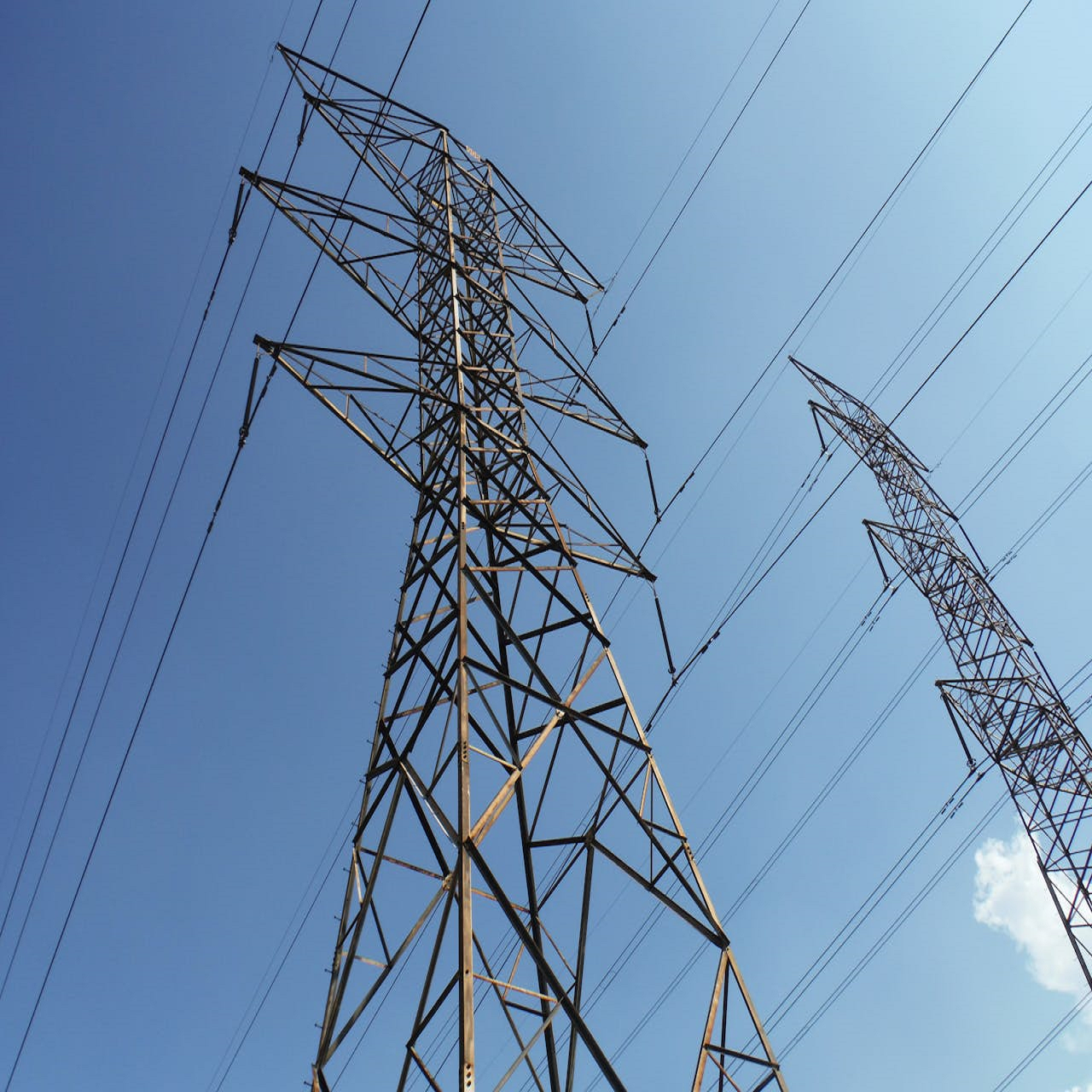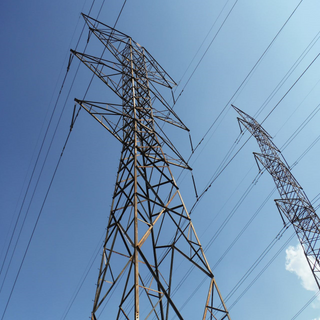A Current Affair: AC vs DC
Mar 20th 2024

Electricity, the lifeblood of modern civilization, flows in two distinct forms: alternating current (AC) and direct current (DC). These two types of electrical currents power our homes, businesses, and technologies in unique ways. In this week’s edition of WATT-chamacallit Wednesday, we'll explore the differences between AC and DC, shedding light on their characteristics and applications.
Alternating Current (AC)
Alternating current, commonly abbreviated as AC, describes an electrical current that periodically changes direction. It's the type of electricity generated by power plants and distributed through electrical grids.
Direction: In AC, electrons flow back and forth, oscillating between positive and negative cycles.
Frequency: AC systems typically operate at frequencies of 50 or 60 hertz (Hz), meaning the direction of current changes 50 or 60 times per second.
Transmission: AC is well-suited for long-distance transmission, as it can easily be transformed to higher or lower voltages using transformers.
Applications: AC powers most household appliances, lighting, and industrial machinery. It's also used in electric motors and generators.
Direct Current (DC)
Direct current, often abbreviated as DC, flows continuously in one direction, from positive to negative terminals. It's commonly associated with batteries and solar cells.
Direction: Electrons flow steadily in a single direction along the circuit.
Stability: DC provides a constant voltage and current, making it suitable for electronic devices that require stable power.
Storage: DC is used in batteries to store energy for later use, making it essential for portable electronics and vehicles.
Applications: DC powers devices like smartphones, laptops, and electric vehicles. It's also used in electronics where a stable power supply is critical, such as computers and medical equipment.
